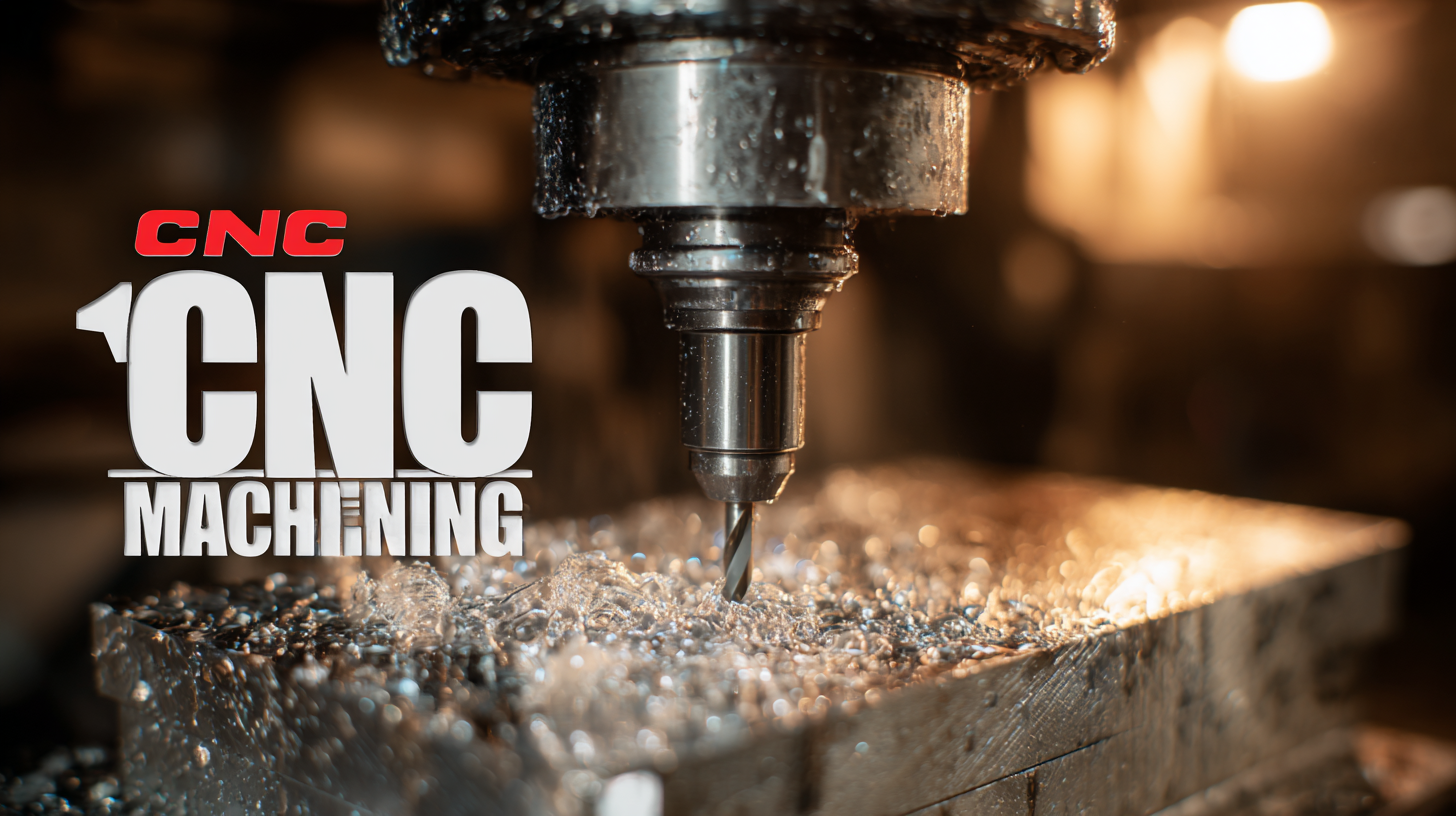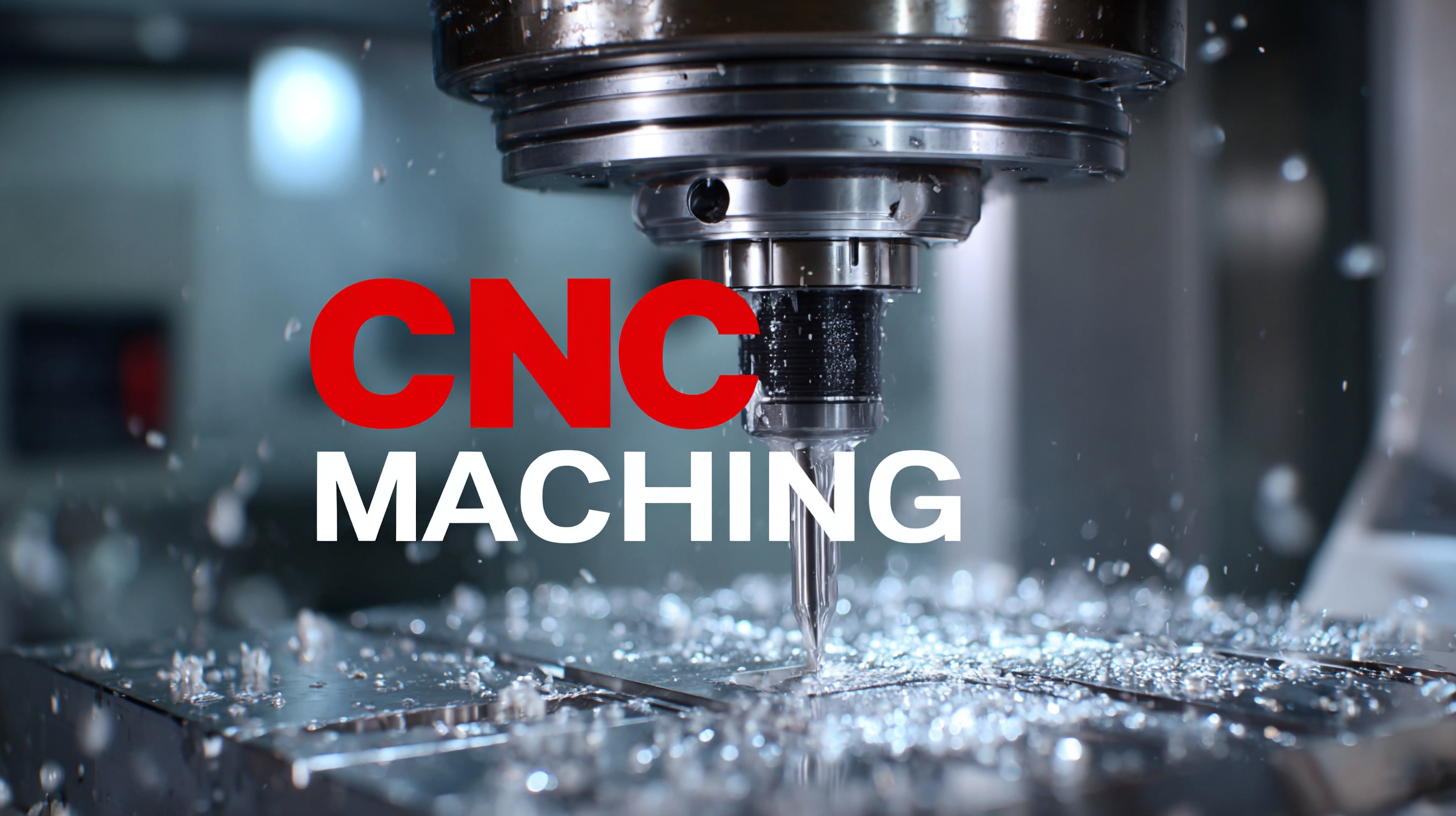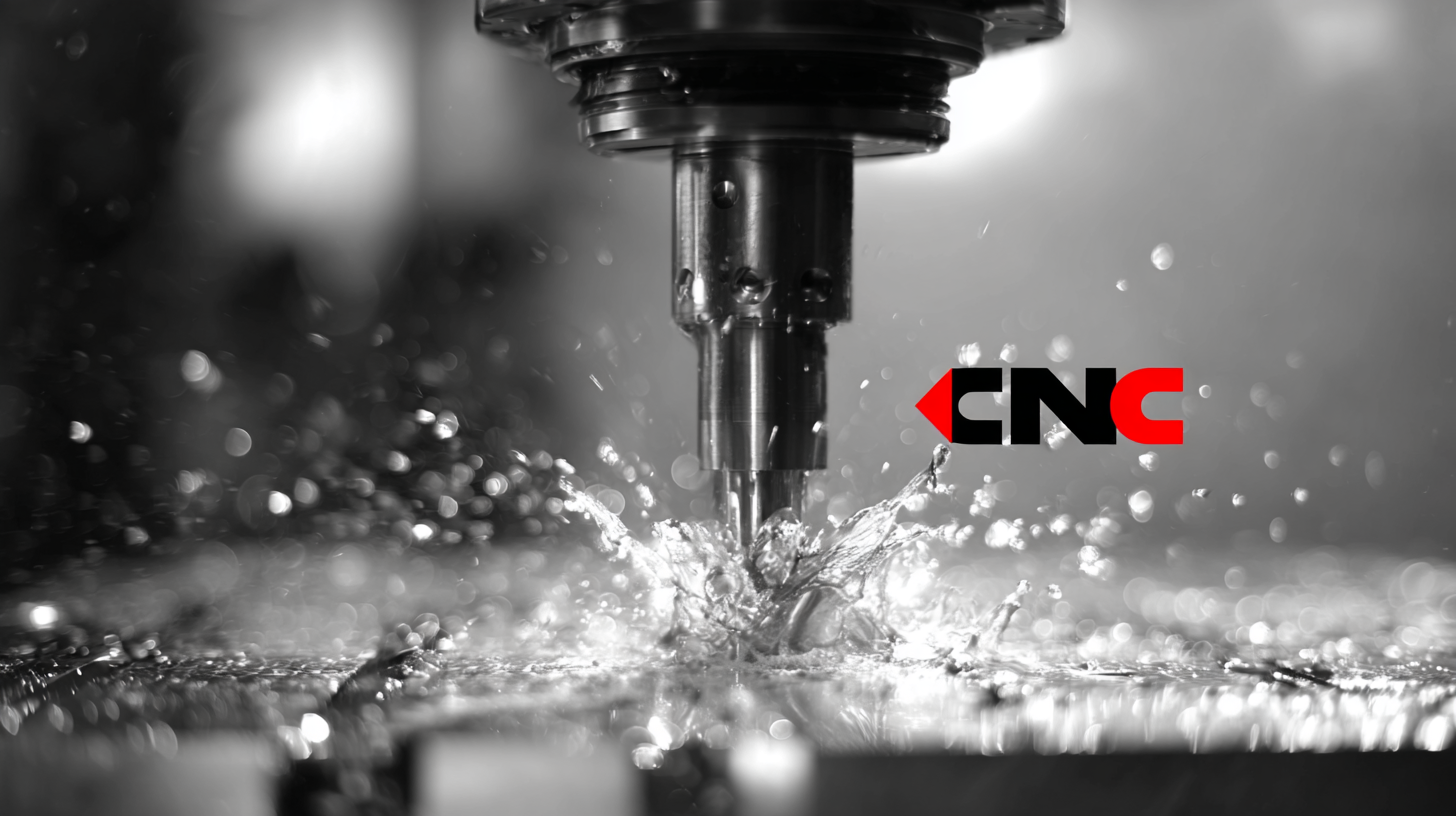CNC machining has revolutionized the manufacturing industry by offering unparalleled precision, efficiency, and versatility. According to a recent report by MarketsandMarkets, the global CNC machining market is projected to reach USD 117.12 billion by 2027, growing at a CAGR of 6.4% from 2020 to 2027. This significant growth underscores the increasing reliance on CNC machining across various sectors, including aerospace, automotive, and medical device manufacturing. However, achieving success in CNC machining is not just about utilizing advanced technology; it also hinges on selecting the right manufacturer and implementing effective solutions tailored to specific needs.

In this blog, we will explore ten essential tips that will not only guide you in choosing a high-quality CNC machining provider but also offer solutions for optimizing your machining processes, ensuring that your projects meet both deadlines and quality specifications.
CNC machining is a pivotal technology in modern manufacturing, offering precision and efficiency across various industries. Understanding the fundamentals of CNC machining is essential for optimal performance. Reports indicate that CNC machining can improve production accuracy by up to 95%, making it a vital asset in the competitive landscape of manufacturing. A solid grasp of basic principles such as G-code programming, tooling setups, and machine operation can lead to significant gains in productivity.
To ensure success in CNC machining, consider these essential tips: First, always prioritize machine maintenance to minimize downtime. Regular checks on critical components like spindles and motors can extend machine life and enhance performance. Second, invest in high-quality tools that are specifically designed for your materials. The right tooling not only improves cut quality but can also reduce production time. Lastly, be proactive in training and upskilling your operators. Continuous education on evolving CNC technologies can lead to innovative machining strategies and improved operational efficiency.
Recent advancements in CNC technology are also highlighted by industry leaders. Visits, like the recent one led by management exploring collaboration opportunities in new technology sectors, underscore the importance of staying updated with the latest innovations. Embracing such developments will keep your operations at the forefront of the industry.
This bar chart illustrates the correlation between various essential tips for optimal CNC machining performance and their effectiveness as rated by professionals in the industry.
When it comes to CNC machining, selecting the right materials is crucial for optimizing performance and achieving exceptional results. According to the latest data from the International Journal of Advanced Manufacturing Technology, nearly 30% of machining failures can be attributed to improper material selection. By aligning the material characteristics with the intended application, manufacturers can enhance tool life, reduce machining time, and minimize scrap.
One essential tip is to understand the mechanical properties of the materials being used. For instance, aluminum alloys, known for their lightweight and excellent machinability, have become a favorite in aerospace applications. Conversely, materials like titanium, although strong and corrosion-resistant, may require more advanced machining strategies due to their tendency to work-harden.
Another tip focuses on the importance of surface finish requirements. A study from the American Society of Mechanical Engineers reveals that using materials with the right surface finish can improve wear resistance and reduce the need for additional refinishing operations. Understanding the specifications of each material allows for better decision-making—ultimately leading to improved productivity and lower costs in CNC machining processes.
 Choosing the right tools for CNC machining is crucial for achieving optimal results. Each material requires specific types of tools to ensure precision and efficiency. Understanding the properties of the material being machined can guide operators in selecting the right tool geometry, coating, and material. For instance, harder materials may necessitate tools made from reinforced high-speed steel or carbide for added durability. Additionally, keeping the tool sharp can significantly reduce wear and improve the quality of the finished product, as dull tools can cause inaccuracies and increase production time.
Choosing the right tools for CNC machining is crucial for achieving optimal results. Each material requires specific types of tools to ensure precision and efficiency. Understanding the properties of the material being machined can guide operators in selecting the right tool geometry, coating, and material. For instance, harder materials may necessitate tools made from reinforced high-speed steel or carbide for added durability. Additionally, keeping the tool sharp can significantly reduce wear and improve the quality of the finished product, as dull tools can cause inaccuracies and increase production time.
Moreover, regular maintenance of CNC tools cannot be overstated. Implementing a routine maintenance schedule helps in identifying worn-out or damaged tools before they can cause costly errors on the production floor. Proper cleaning, lubrication, and inspection of tools not only extend their lifespan but also enhance the overall performance of the CNC machine. This ensures that operators maintain a competitive edge by reducing downtime and improving productivity, ultimately leading to greater success in CNC machining endeavors.
The CNC machining industry is witnessing remarkable growth, with projections indicating that the global market size will expand from $101.22 billion in 2025 to a staggering $195.59 billion by 2032. This growth equates to a compound annual growth rate (CAGR) of 9.9% during the forecast period. To capitalize on this booming market, optimizing CNC machine settings for precision and efficiency is paramount.
Properly setting up CNC machines not only enhances productivity but also ensures the quality of the finished products. Key factors such as feed rate, spindle speed, and tooling play a critical role in achieving the desired output. For instance, adjusting the feed rate can significantly impact the machining time and tool wear. Moreover, utilizing advanced software for simulation can help in fine-tuning settings before actual production, minimizing costly errors and maximizing operational efficiency. As manufacturers increasingly seek to embrace automation and smart technologies, understanding the intricacies of CNC machine settings will be essential for those aiming to thrive in this evolving landscape.
| Tip Number | Tip Description | Expected Outcome | Recommended Adjustment |
|---|---|---|---|
| 1 | Calibrate the CNC Machine Regularly | Improved accuracy in machining | Monthly checks on calibration |
| 2 | Select Appropriate Cutting Speeds | Optimal surface finish | Adjust based on material type |
| 3 | Use Quality Cutting Tools | Longer tool life | Invest in high-grade materials |
| 4 | Optimize Tool Path Strategies | Increased efficiency | Utilize CAM software |
| 5 | Monitor Temperature During Machining | Prevent thermal distortion | Implement coolant systems |
| 6 | Maintain Consistent Feed Rates | Reduced wear on machines | Adjust based on material and tool |
| 7 | Regularly Inspect Power and Control Systems | Minimize downtime | Pre-scheduled inspections |
| 8 | Keep Work Area Clean and Organized | Enhance operator safety | Daily clean-up routines |
| 9 | Train Staff Regularly on Equipment Use | Increased productivity | Bi-annual training sessions |
| 10 | Implement Quality Control Checks | Consistent output quality | Routine quality assessments |
Quality control is paramount in CNC machining, as it directly impacts the cost-effectiveness and reliability of operations. According to a report by Grand View Research, the global CNC machining market size is expected to reach $100 billion by 2025, emphasizing the need for stringent quality measures. Implementing regular quality control checks can significantly reduce the number of defects. Research indicates that a well-structured quality control system can decrease production errors by up to 50%, leading to substantial savings and enhanced customer satisfaction.
To ensure excellence, organizations should adopt a multi-faceted quality control strategy that includes routine inspections and the use of advanced technologies. For instance, integrating automated measurement systems can enhance accuracy and speed. A study published in the Journal of Manufacturing Science highlights that real-time monitoring and feedback can improve production quality by over 30%. Therefore, investing in these practices not only optimizes machining processes but also reinforces a company's reputation for delivering high-quality products consistently.

Contact
KYOCERA SGS Precision Tools, Inc.
(330) 686-5700
150 Marc Drive
Cuyahoga Falls, OH 44223
Products
Resources